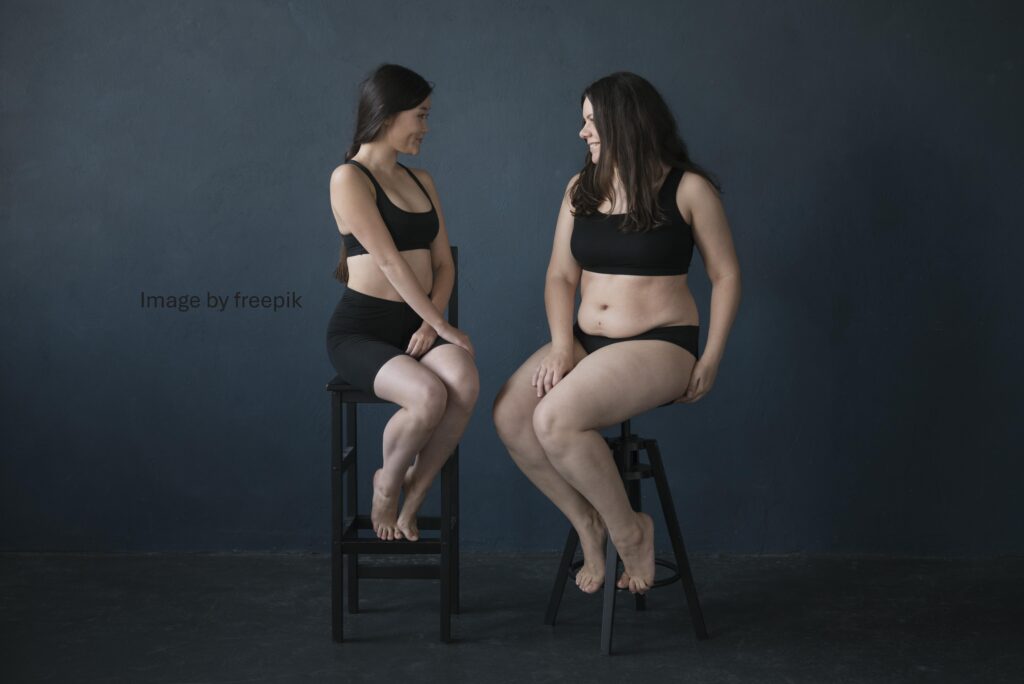Lipedema, often misunderstood or misdiagnosed, is a chronic condition affecting millions worldwide, especially women. It involves an abnormal buildup of fat, leading to both physical discomfort and emotional challenges. Let’s delve into what lipedema is, its symptoms, and ways to manage this condition.
Some of the links in this post are affiliate links, which means we may earn a small commission if you make a purchase through them at no extra cost to you.
What Is Lipedema?
Lipedema is a disorder that causes fat to accumulate unevenly in areas like the legs, thighs, hips, and sometimes arms. However, it spares the hands and feet, making it distinct from other conditions. Unlike regular fat, lipedemic fat doesn’t respond to dieting or exercise. This condition is often confused with obesity or lymphedema but has unique features and needs specialized care.
Key Features of Lipedema:
- Symmetry: The fat distribution is usually symmetrical on both sides of the body.
- Pain and Sensitivity: Affected areas can be tender, bruise easily, and cause significant discomfort.
- Progressive Nature: Lipedema tends to worsen over time if left untreated, often leading to mobility challenges and secondary complications like lymphedema.
Lipedema is thought to have hormonal and genetic causes. It usually appears or worsens during hormonal changes like puberty, pregnancy, or menopause. While the exact cause is unknown, early diagnosis and proper care can greatly improve a person’s quality of life.
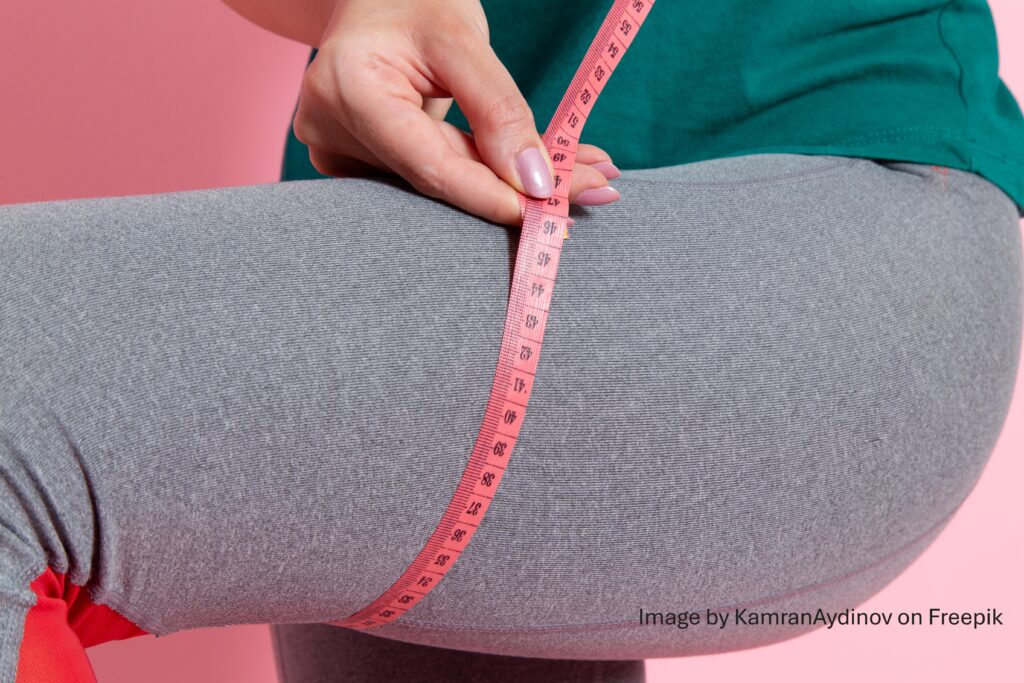
Image by KamranAydinov on Freepik
Symptoms of Lipedema
Recognizing the signs of lipedema can lead to quicker intervention and better outcomes. Here are some common symptoms:
- Disproportionate Fat Accumulation: The lower body appears significantly larger than the upper body, even in individuals with a healthy weight.
- Persistent Swelling: Swelling in the affected areas doesn’t resolve overnight, unlike regular swelling.
- Skin Changes: Skin over the affected areas can feel soft and doughy, with an uneven texture resembling cellulite.
- Pain and Bruising: Unexplained bruises and sensitivity to touch are common.
- Mobility Issues: As lipedema progresses, it can impact mobility and lead to joint pain.
If you or someone you know experiences these symptoms, it’s essential to consult a healthcare professional familiar with lipedema for an accurate diagnosis.

Treatment support Options for Lipedema
While there is currently no cure for lipedema, various treatments can help manage symptoms and improve quality of life. Here are some of the most effective approaches:
1. Lifestyle Adjustments
- Anti-Inflammatory Diet: Focus on whole, nutrient-dense foods such as vegetables, lean proteins, healthy fats, and anti-inflammatory spices like turmeric. Avoid processed foods, sugars, and excessive salt.

- Exercise: Low-impact activities like swimming, walking, and yoga can improve circulation and maintain mobility without putting excess strain on the joints.
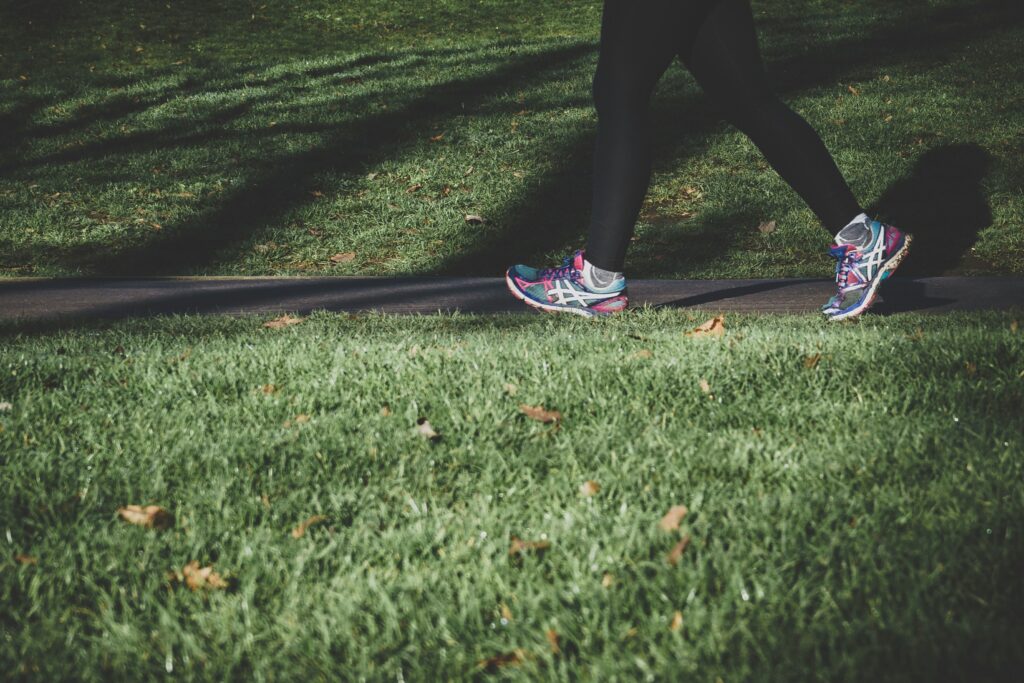
2. Compression Therapy
Wearing compression garments, such as stockings or Lymphedema support slimming compression leggins (Amazon), can help reduce swelling, improve lymphatic flow, and alleviate discomfort.
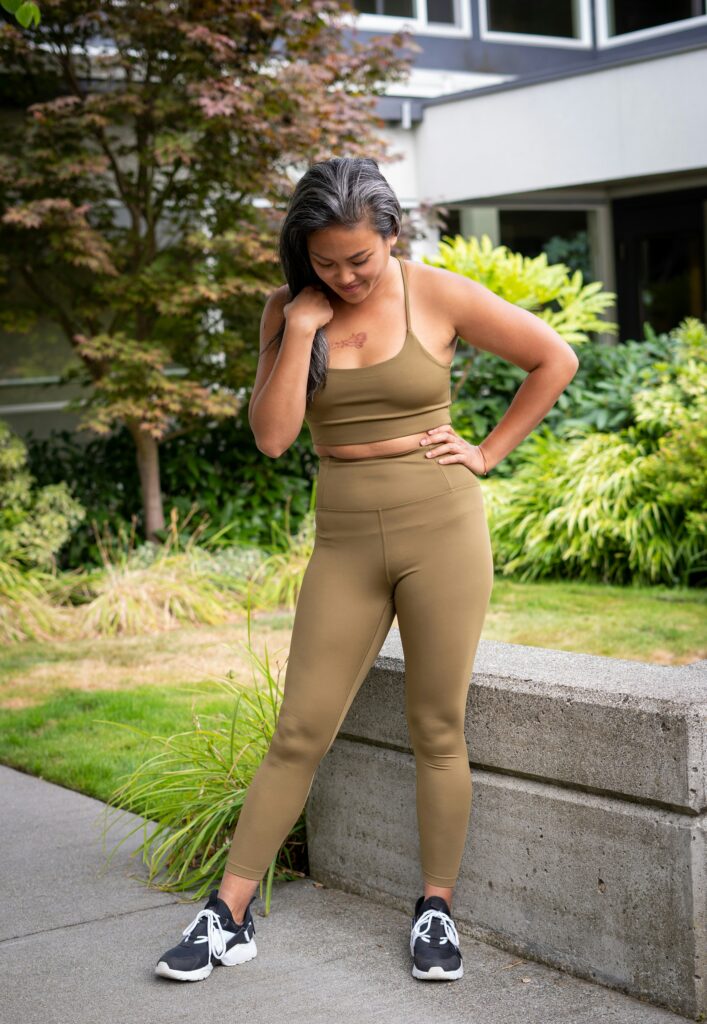
3. Manual Lymphatic Drainage (MLD)
Manual Lymphatic Drainage (MLD) is a gentle massage technique that stimulates the lymphatic system, helping to reduce swelling and discomfort. Consistent sessions can offer noticeable relief from symptoms and improve overall well-being.
4. Liposuction
For advanced cases, specialized liposuction techniques, such as water-assisted or tumescent liposuction, can remove lipedemic fat and provide lasting relief. It’s crucial to seek a surgeon experienced in treating lipedema.
5. Emotional Support and Counseling
Living with lipedema can take a toll on mental health. Support groups, counseling, and mindfulness practices can provide emotional relief and build a strong support system.
Products That May Help Manage Lipedema
Incorporating supportive products into your daily routine can make a significant difference in managing lipedema:
- Compression Garments: High-quality compression leggings like Bioflect® Compression Leggings (Amazon) or Juzo basic Knee-High Open Toe Compression Stocking (Amazon) provide both comfort and therapeutic benefits.
- Foam Rollers: Use a foam roller like Yes4All High-Density Foam Roller (Amazon) for gentle self-massage to improve circulation and alleviate soreness.
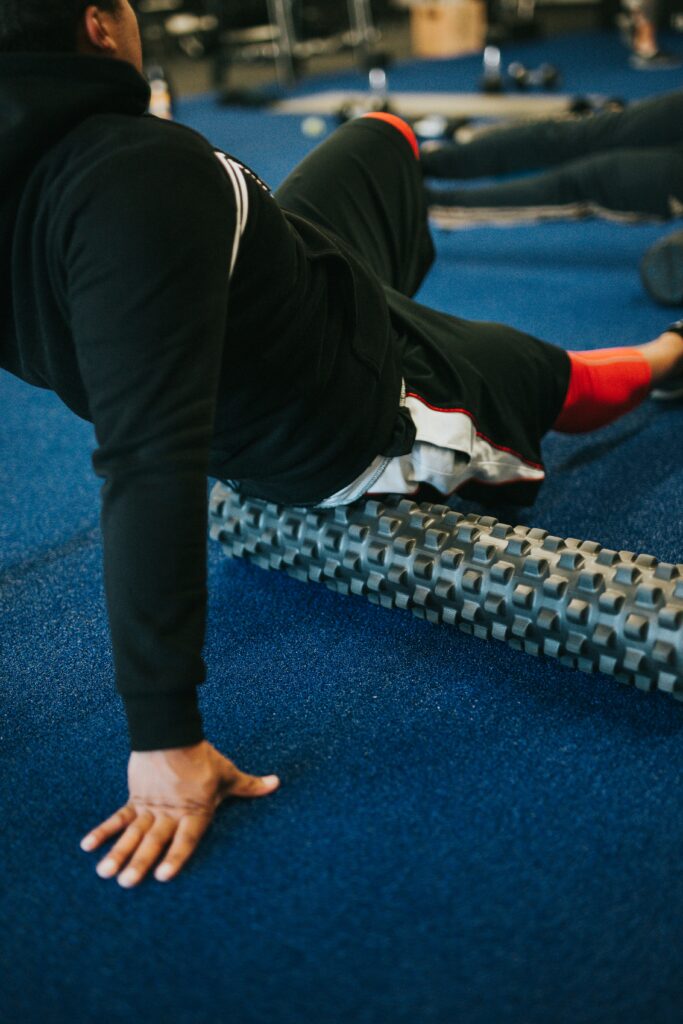
- Specialized Supplements: Omega-3 fatty acids, vitamin D, and anti-inflammatory supplements can support overall health. Consider Nature Made Omega-3 Fish Oil (Amazon) as a reliable option.
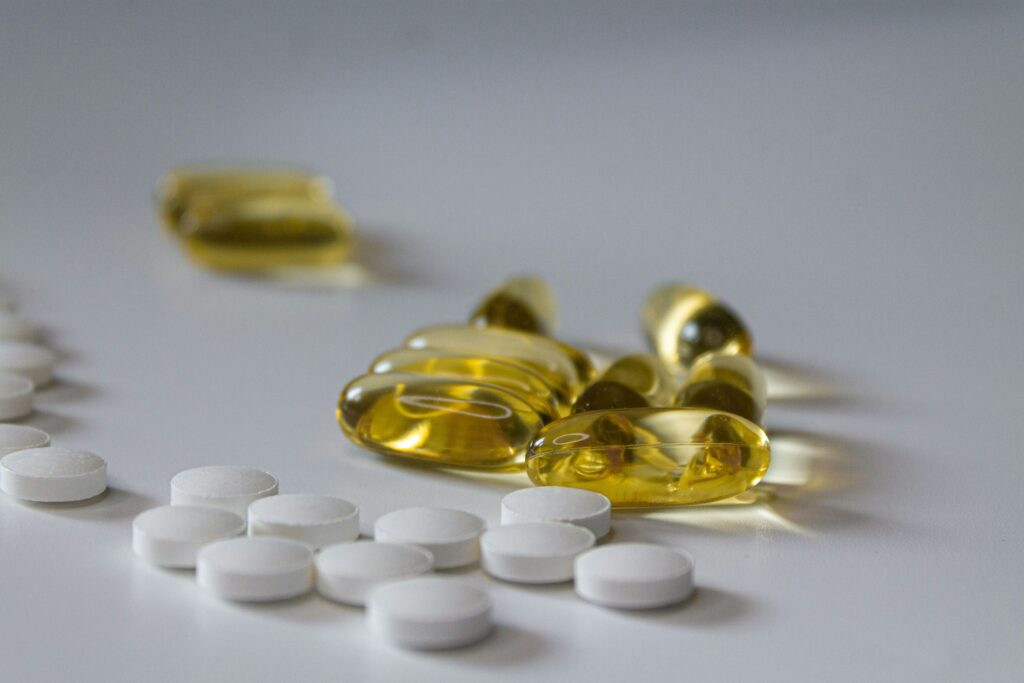
- If you want more comprehensive guidance you can consult The Complete Lymphedema Management and Nutrition Guide: Empowering Strategies, Supporting Recipes and Therapeutic Exercises book (Amazon). 288 pages of valuable knowledge that can support your journey.
Conclusion
Lipedema is a complex condition that requires comprehensive care and a personalized approach. By understanding its symptoms and exploring various treatment options, you can take proactive steps toward managing this condition and enhancing your quality of life. With the right support and resources, it’s possible to live well with lipedema.
Follow Us on Pinterest
For more in-depth wellness guides, tips on managing chronic conditions, and inspiration for a healthier lifestyle, follow us on Pinterest here. Let us help you navigate your health journey with confidence and care!
Affiliate Disclosure
As an Amazon Associate, My Healthy Health earns from qualifying purchases. We only recommend products we believe will support your journey to optimal health.
Post Image by Freepik

